Ask anyone who has been to Japan and most likely, you would get a glowing recommendation to visit the place. From my limited knowledge of this once hermit kingdom, my fascination comes from its rich history, almost deity treatment of the Imperial family, technological advancement, Mt. Fuji and the scenic countryside, manga and its famed way of life.
It's the love for Japanese food and my husband's fascination of the country's culture that made Japan a must-go destination for us. In this series of blog posts, I'll share with you the places we visited, why we enjoyed it and the ones that we think is not worth your time. Please take note that this is a matter of personal preference, so our choice may not be to your liking, so please use judgment on your part.
Here's our take on Tokyo, the zen concrete jungle. It is our first stop in our 11-day Kanto-Kansai sojourn. First impressions were: the city is dotted with Family Marts, quaint residential communities, gargantuan skyscrapers, beautiful gardens, history-rich temples and highly-disciplined people.
This is my favorite garden, thus far. It has a Japanese garden,
French-inspired one
and also an English section, too.
This park is well-known for Hanami - Sakura viewing, when the blooms are in full display.
There is a rest house built in 1896 as a place for the Imperial family when they drop by to admire the plants at the garden. It looks simple on the outside but the furnishing is impeccable marrying both Japanese structure and Western furnitures.
There are plenty of picnic areas in the park and if you love gardens, spend at least 3 hrs in the area.
2. Meiji Jingu
This shinto shrine is built by the Japanese people to commemorate the virtues and venerate Emperor Meiji and Empress Shoken. This is a must-visit for me for its forest (which is man-made and has been there for a hundred years),
the shrine feels authentic if you want to learn a thing or two about Shinto and the staff educate visitors on the proper decorum to maintain the sanctity of the place,
you can witness a wedding ceremony on Sundays,
the Toriis are massive,
and the inner garden is serene.
According to the Shrine's pamphlet, "Shinto is called Japan's original religion, and it is deeply rooted in the way of Japanese life. It has no founder, no holy book and not even the concept of religious conversion, but Shinto values for example harmony with nature and virtues such as "Magokoro (sincere heart)".
3. Senso-ji, Asakusa Kannon Temple
If you have no time to visit the Meji Jingu and prefer a shrine with a nearby lane of souvenir shops, Senso-ji at Asakusa is what you're looking for.
It is a Buddhist temple built in 600AD making it the oldest in Tokyo. I like the deep red color of the temple. It is also interesting to witness practitioners pay their respects at the temple.
The shrine has a beautiful garden outside with old trees.
If you are wondering what the red aprons the statues are wearing for, according to legend, it is used by one of the gods to hide children from the demons so they can go to heaven. As the story goes, children who die prematurely are in limbo as punishment for the suffering they caused their parents. When they try to climb the stacked stones to heaven, the demons beat them, but one of the gods hid them in his apron so they can continue their journey. Hence, the people has them wearing apron to provide more hiding places for children to heaven.
This is the family garden of the Tokugawa Shogun, built in 1654 and serves as the outerfort of the Edo Castle. This garden is situated right beside Tsuikiji Market, a few steps from Ginza. It faces Tokyo Bay, one of the few places that the feudal lords used to hunt ducks and has a beautiful peony garden. We came here for the peonies.

I haven't seen a peony plant my entire life and I love the flower as evidenced by my choice of it as my bridal bouquet.

I haven't seen a peony plant my entire life and I love the flower as evidenced by my choice of it as my bridal bouquet.
This reminds me of Ayala Triangle, an oasis in the middle of CBD only with rich history and more flowers.
5. Imperial Palace and the Ruins of the Edo Castle
The palace ground is humongous with a lot of vantage points to view the fort-like building of the family revered by the Japanese people. Do note that most days, you cannot get into the palace and you can just admire it from afar. Hence, the camwhoring photos.
We also walked the 4-km perimeter of the edifice because only 1 of the 3 entrances is open to the public and we did not know that. If you want to enjoy the Imperial Palace visit, invest time instead at the adjacent Edo castle complex.
6. Tokyo Skytree
This recently-opened attraction gives a 360 view of the city and is best viewed late afternoon to evening so you can see the city both at daylight and with the city lights.
I find the fee expensive but the view will make up for it. There's also a floor with a 345 m drop view. I stepped on it and was very tempted to jump to satisfy my need for adrenaline rush.
7. Yoyogi Park
This park gets featured in most travel guides. Its charm lies in the activities that families and groups engage while having a picnic in its ground.
There are musicians, groups roughing it out in sports, twins group meet-up (I kid you not!) and a myriad more activities. If you are after the view, it is okay not to include this in your itinerary, you will get little. You can include it as an opportunity visit if you head to Meiji Shrine and on your way to Harajuku. That also is too touristy for my taste - with throngs of people and souvenir shops lining the street. I was hoping for cosplayers convening but there were just a few when we were there.
Tokyo is composed of different city centers that cater to different interests. We stayed at Shibuya where we get to enjoy the world-famous crossing at least twice a day.
Japanese food is almost always good and is available at every street corner. Some offer English menu but the best would be where locals line up and likely the menu is in Japanese, no photos available and the staff do not speak English. Another trick we learned from a friend is to check if there are local female diners, highly likely it's quality food and they're not just after the quantity.
Also, some locals don't eat sushi/sashimi not freshly prepared in front of you, hence, sushi carousel is not what you should be after. We frequent this standing sushi bar in Shibuya where 3 chefs hand-pressed our sushi in front of us. We also tried a highly-rated Tempura restaurant in Shinjuku and Fuunji, a tsukemen place. Locals line up as late as 2:30 pm and there are plaques displayed in the bar winning the best ramen from 2010-2014. The head chef personally prepares your bowl. The best thing, a bowl is only Y1000. Everything is in Japanese, so just press that Y1000 button from the vending machine, you won't go wrong. In terms of price, proper restaurant dining would set you back about Y5000/person, hole in the wall places about Y1500/person and there's always convenience store food at Y500/person. Then there are Michelin-starred restaurants which will set you back anywhere Y15000/person and above.
I did not go shopping, but Japan is a shopping haven. For a mix of high street and high end brands, Omotesando Hills is my favorite destination. Several International and Japanese brands have shops lining a beautiful neighborhood. Beauty products are quite a steal and available in every drugstore. *Cough... shiseido... cough ... SK-II.... cough... Kanebo*
Tokyo is one beautiful city which can amuse any fancy a traveler has. It can cater to the history buff, the adventure-seeker and even the high-heeled shopper. If it is not yet included in your travel list, I encourage you to do so now... and start learning the language, too. I learned to count 1 to 10 and if all else fails you can say Arigatou Gozaimas and do the bow from the waist.
With that, Konbanwa!


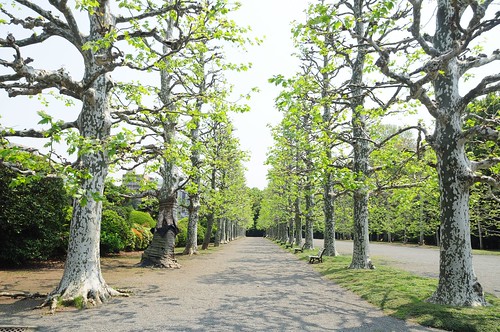
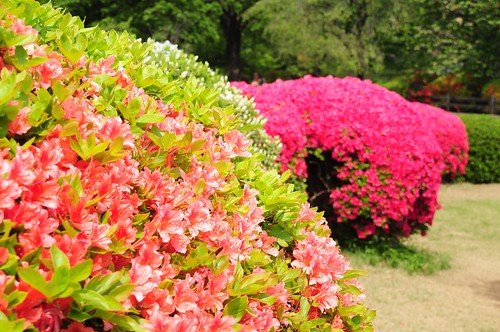
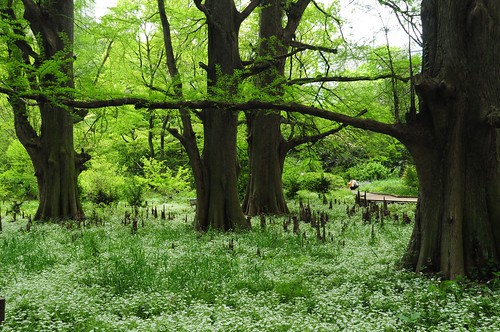
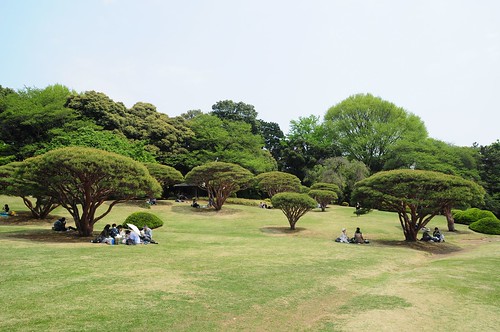
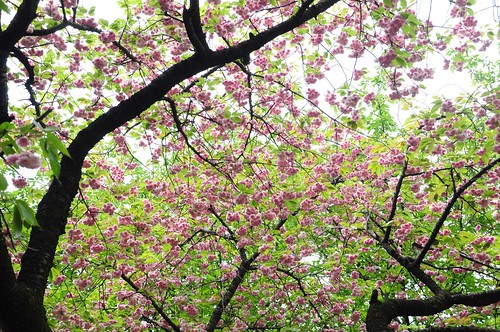
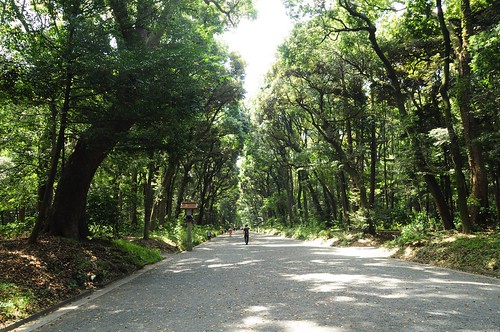

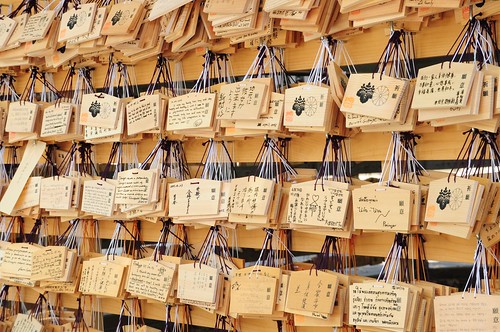

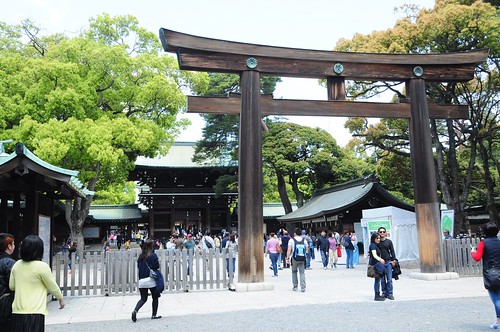
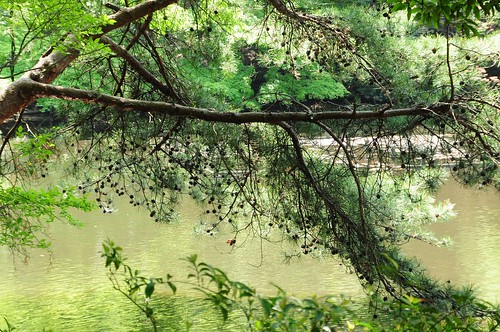




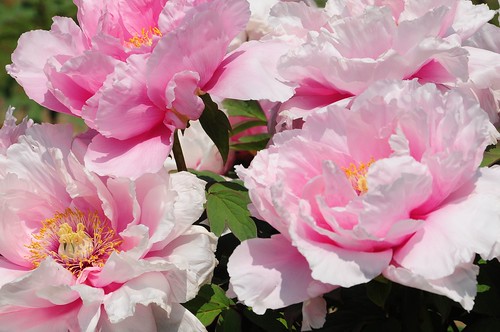


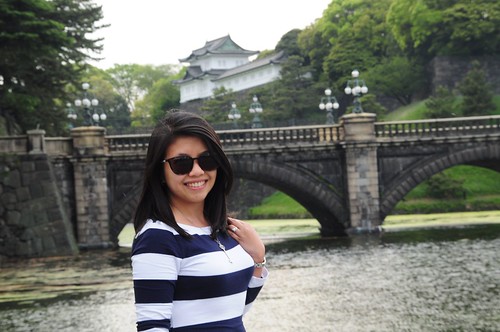
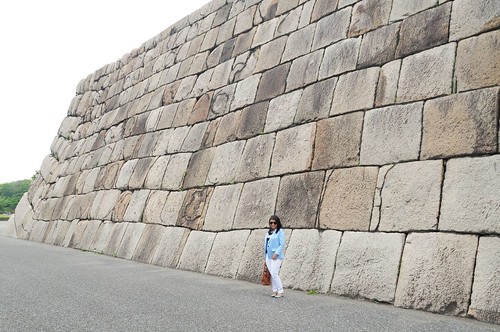
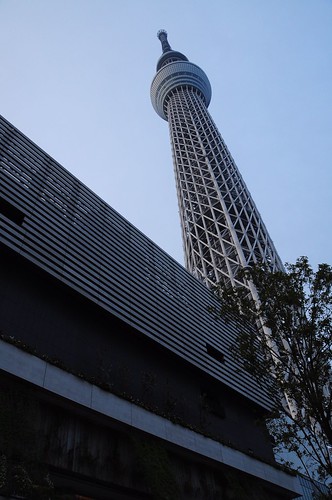
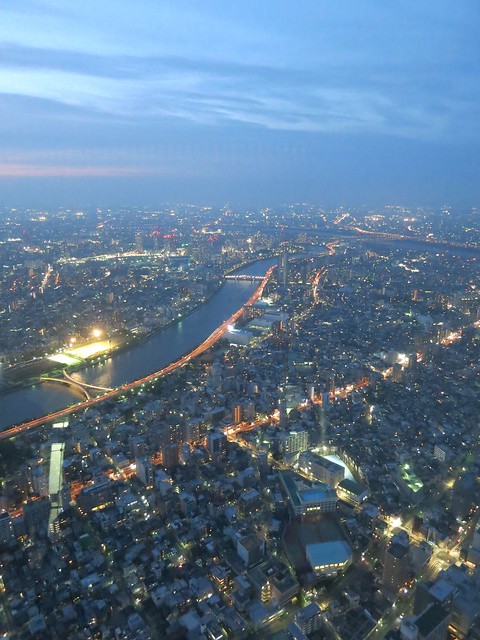

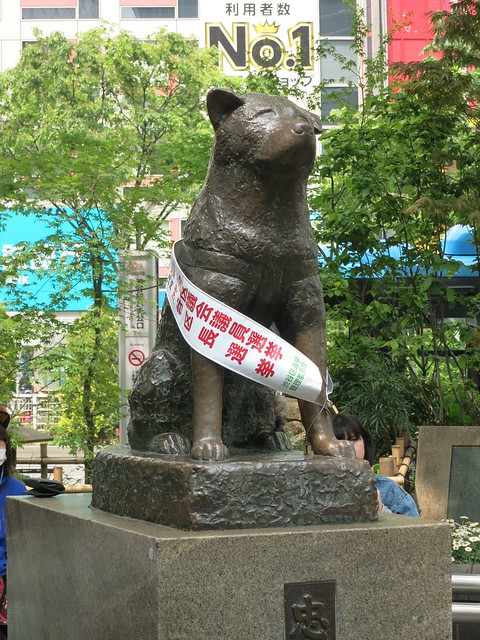
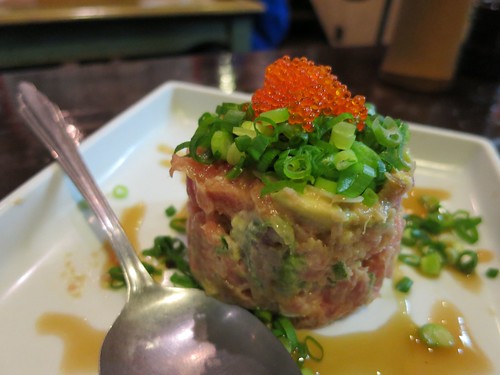
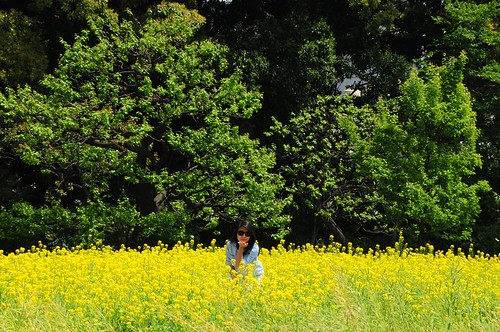
No comments:
Post a Comment